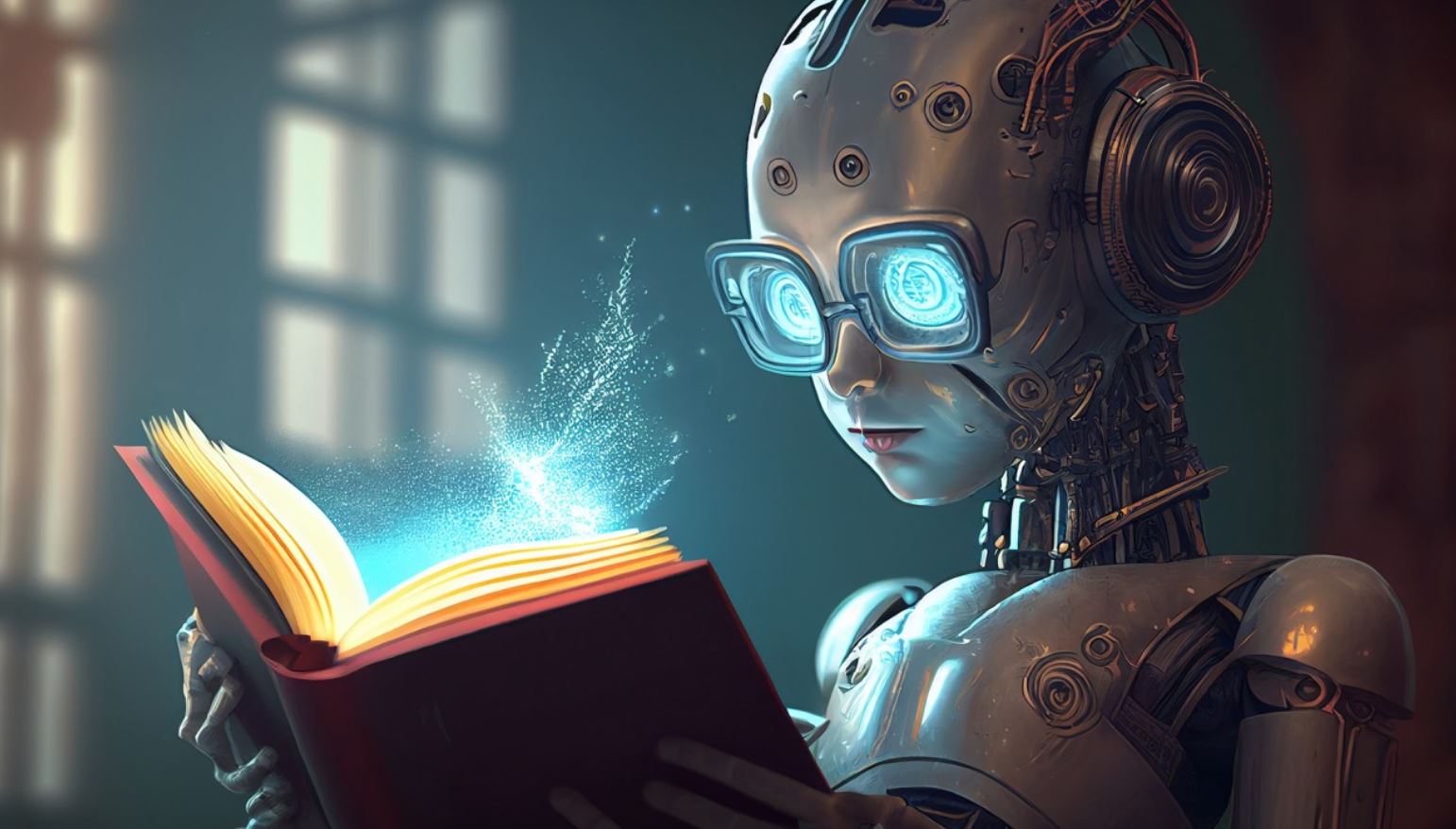 AI is no longer a distant concept—it’s here in our classrooms. As tools like ChatGPT become everyday resources, students and educators alike are finding themselves at a crossroads, weighing the benefits and the ethical pitfalls of using advanced technology in learning.
AI is no longer a distant concept—it’s here in our classrooms. As tools like ChatGPT become everyday resources, students and educators alike are finding themselves at a crossroads, weighing the benefits and the ethical pitfalls of using advanced technology in learning.
Some see AI as a versatile helper, assisting with everything from drafting essays to organising research notes. If you’ve ever wrestled with writer’s block or felt overwhelmed by heaps of readings, you can appreciate the temptation of a tool that offers quick fixes. Yet, alongside these benefits, the debate over what counts as proper use has never been more heated.
On one hand, employing AI to generate entire papers or to tackle exams is widely seen as academic misconduct. On the other, using it like a tutor—for brainstorming ideas or clarifying complex topics—can actually complement traditional study methods. Educators are split on the issue; some welcome AI as an extra hand in the learning process, while others worry it might short-circuit the critical thinking that lies at the heart of education.
Cheating in academics isn’t a new concern, but the ease of access to these tools might make it more tempting than ever. For instance, a study by Anthropic highlighted that computer science students are using AI more frequently, prompting questions about whether all instances of academic dishonesty are being caught. If you’re a student, you might also be concerned about your ability to spot biases or errors in AI-generated outputs—an expert’s scrutiny is often needed to sift through the inaccuracies.
Instructors express similar worries. A recent survey revealed that a vast majority are uneasy about students’ reliance on AI, fearing it might blunt their ability to critically assess information. And while many students appreciate the convenience, there’s an undercurrent of anxiety about whether this reliance might actually be hindering their intellectual growth.
Despite the widespread use of AI tools, only a few educators feel fully equipped to weave these technologies into their teaching. Some have resorted to innovative methods—for example, comparing student essays with AI-generated drafts to highlight differences in depth and quality. Such strategies underscore the need for a balanced approach that preserves academic integrity while embracing new technological aids.
This uncertainty extends to how schools manage academic integrity policies. Varying guidelines across institutions often leave students in a grey area, worrying about inadvertently crossing ethical lines. In response, some colleges have updated their policies and even provided AI tools to ensure all students have equitable access in an increasingly tech-driven world.
Looking ahead, the challenge isn’t to ban AI outright but to rethink how we teach and assess learning. By focusing more on the learning process rather than just the final product, educators can foster deeper engagement and encourage genuine understanding—even in large introductory classes. It’s a conversation that’s only just beginning, with the future of education hanging in the balance.
As you navigate this shifting landscape, remember that striking the right balance between technology and traditional learning methods is key to maintaining both academic integrity and personal growth.








